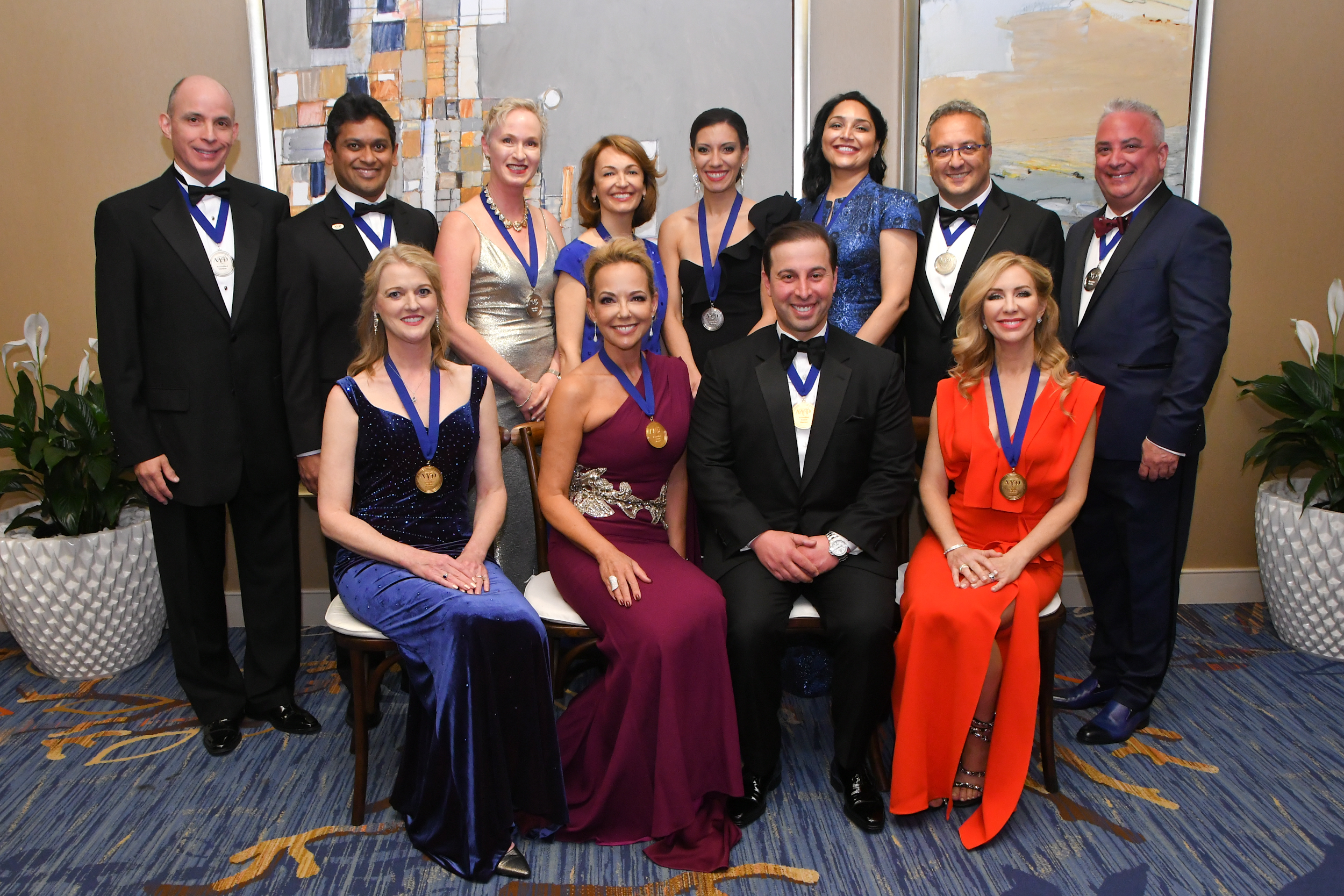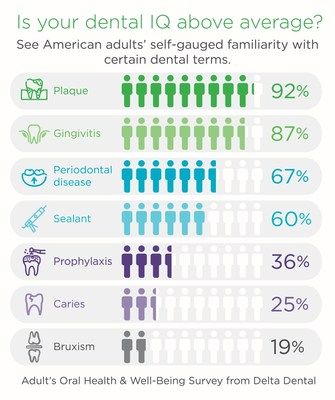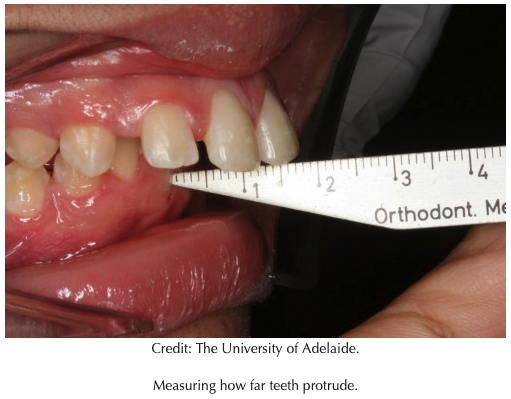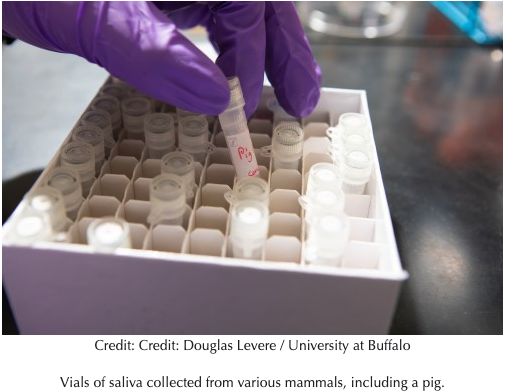
AACD 2019’s cosmetic dentistry education program featured an expertly curated selection of topics and speakers which were purposefully selected to keep attendees ahead of the curve and maximize their CE dollars. Attendees were swept away by the educational program consisting of headlining educators, Stephen Chu, DMD, CDT and Pascal Mangne, DMD, PhD, along with a wide variety of hands-on workshops and lectures.
This year was an especially exciting year as the AACD added some refreshing changes and new features. “We wanted to make changes that improved the overall conference experience while still maintaining the exceptional level of education attendees expect from the AACD” Nathaniel Hill, DDS, and Chair of the AACD Professional Education Committee explained.
Exciting changes included:
• An Accreditation Super Session to prepare or keep attendees on track for their Accreditation journey. In these Super Sessions the AACD’s top Accredited and Accredited Fellow Members delivered 50-minute lectures covering each of the five Accreditation case types they would need to submit and pass to become an AACD Accredited member.
• AACD member presenters recorded additional courses onsite with our Director of Professional Education, Shane Walsh, at AACD 2019. Those courses will gradually become accessible on the AACD Virtual Campus over the next several months.
Plus, these exciting additions to the AACD 2019 Exhibit Hall:
• The Splash Zone featured digital technology to enhance attendees’ practices. Representatives from iTero, Shofu, Ivoclar Vivadent, Digital Smile Design, Carestream, CAD-Ray Medit, Formlabs, 3Shape, and Esthetic Professionals had attendees try out their oral scanners and other technology.
• Contour Cove featured polishing systems from 3M Oral Care, Cosmedent, Ivoclar Vivadent, DiaShine, Shofu, Clinician’s Choice and Brasseler USA. Attendees were able to test each company’s points and discs to determine which finishing and polishing products they take a shining to.
• Free professional headshots were taken throughout the week in the Exhibit Hall. Attendees had the opportunity to get their professional headshots updated by the very talented Rich Soublet of Rich Soublet Photography.
• AACD Fashion Shows took place in the Exhibit Hall, Thursday April 25th and Friday, April 26th. The Fashion Shows featured the hottest uniform fashions from Noel Asmar and Jaanuu modeled down the runway by cosmetic dentistry’s movers and shakers.
In addition to rich educational opportunities, the scientific session was a chance for the Academy to recognize and honor its members who demonstrated their dedication to continuing education and responsible patient care by becoming an Accredited Member or Accredited Fellow. This year, the AACD acknowledged eight newly Accredited Members and four newly Accredited Fellows. Other exemplary members of the Academy and of the profession were recognized and honored with Celebration of Excellence Awards, known as the Evy.
Attendees of the conference also enjoyed opportunities to unwind and catch up with friends and colleagues. The social events began Wednesday night with the Welcome Reception at the USS Midway Museum. On Thursday night, attendees took in the amazing views of the San Diego coastline from The Skybox as they raised funds for the AACD Charitable Foundation’s Give Back a Smile program. Concluding the scientific session was a Navel themed Celebration of Excellence closing reception featuring fine dining and delightful dance numbers. The wow-factors of this year’s social events have attendees looking ahead to AACD 2020 in Orlando.
AACD 2019 delivered an exceptional continuing education experience for dental professionals who are passionate about pursuing excellence in the art and science of cosmetic dentistry, but there’s plenty more where that came from. The 36th Annual AACD Scientific Session will take place Wednesday, April 22 – Saturday, April 25, 2019 at AAA four diamond hotel, Rosen Shingle Creek in Orlando, FL. Join us as we share the vision and shape the future of cosmetic dentistry education at AACD 2020!
Registration for AACD 2020 in Orlando is already open and if you register now, you’ll receive Prime Status which includes early course selection! Visit www.aacd.com/orlando for more information.
About the AACD
The AACD is the world’s largest non-profit member organization dedicated to advancing excellence in comprehensive oral care, combining art and science to optimally improve dental health, esthetics, and function. Comprised of more than 5,000 cosmetic dental professionals in 70 countries worldwide, the AACD fulfills its mission by offering superior educational opportunities, promoting and supporting the respected Accreditation and Fellowship credentials, serving as a user-friendly and inviting forum for the creative exchange of knowledge and ideas, and providing accurate and useful information to the public and the profession.








 Children with their first or early adult set of teeth that stick out have an increased chance of damaging them, but the risk can be easily reduced without being prohibitively costly.
Children with their first or early adult set of teeth that stick out have an increased chance of damaging them, but the risk can be easily reduced without being prohibitively costly. Starch, a complex carbohydrate, is a vital source of nutrition for many mammals. Humans farm it in the form of rice, wheat, corn, potatoes and oats. Rats comb our garbage piles for scraps of pizza and bread. Wild boars root for tubers.
Starch, a complex carbohydrate, is a vital source of nutrition for many mammals. Humans farm it in the form of rice, wheat, corn, potatoes and oats. Rats comb our garbage piles for scraps of pizza and bread. Wild boars root for tubers.
